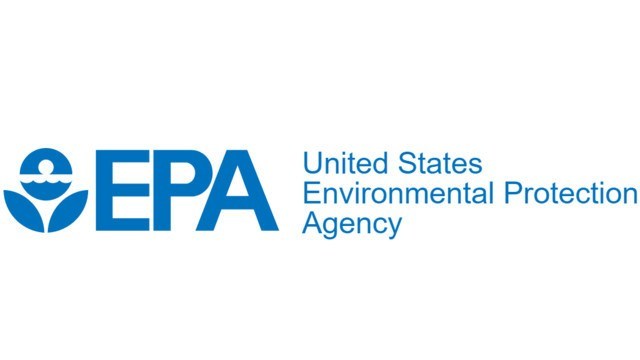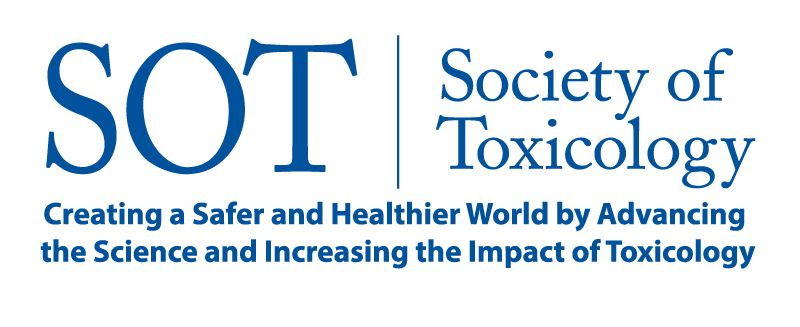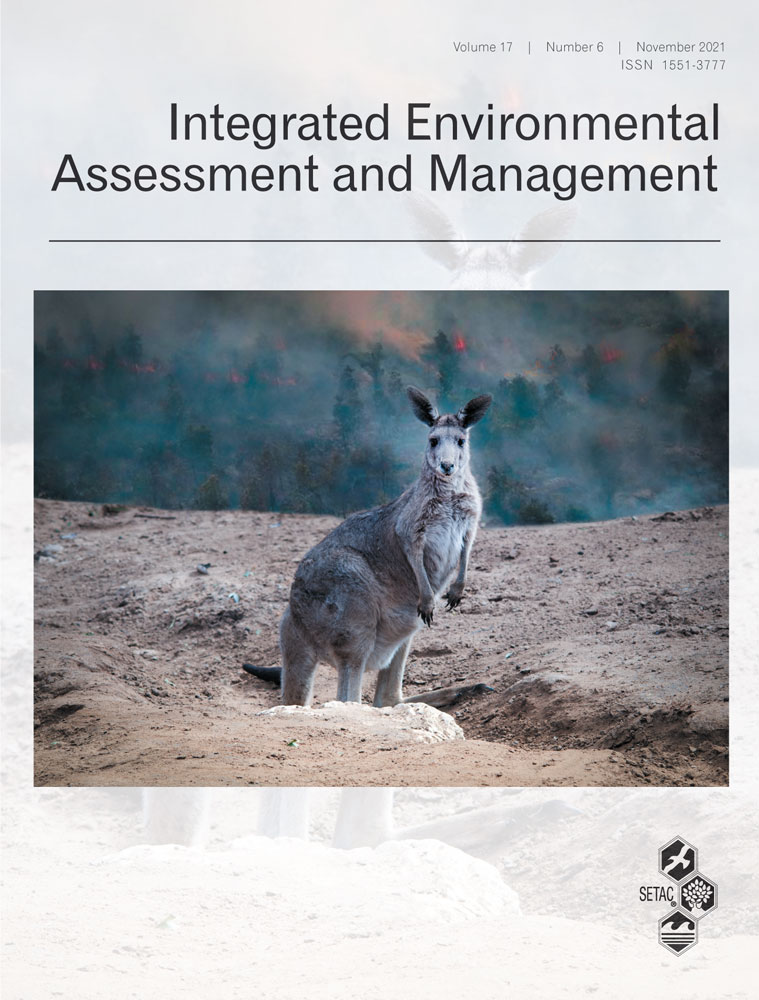
In EPA’s newly released PFAS Strategic Roadmap: EPA’s Commitments to Action 2021-2024, EPA details its planned efforts over the next 3 years to address per- and poly-fluoroalkyl substances (PFAS), which are ubiquitous in the environment and present in a wide variety of products used around the world. The roadmap describes EPA’s plans to reduce the presence of PFAS in the environment and decrease human exposures. This approach will account for the life cycle of PFAS, to include preventing PFAS from entering the environment, as well as requiring responsible parties to fund cleanups. The roadmap also specifically targets two legacy PFAS compounds—PFOA and PFOS—by adding them to the Comprehensive Environmental Response, Compensation, and Liability Act (CERCLA) list of hazardous substances and developing drinking-water maximum contaminant levels (MCLs). These actions are expected to have significant impacts on many industries, such as manufacturers, drinking-water providers, and wastewater dischargers. EPA’s PFAS strategy focuses on three central themes:
- Research. The roadmap has a goal of better understanding PFAS toxicities and exposures, effects on human health and the environment, and the best treatment and control technologies. EPA also seeks to understand the contribution of PFAS to cumulative impacts in areas with environmental justice concerns.
- Restrict. The EPA is adopting a comprehensive whole-of-agency approach to prevent unsafe entry of PFAS to land, water, and air. Interactions among statutory authorities will be coordinated to manage and prevent exposures of consumers and workers to PFAS.
- Remediate. The strategy includes expanding and advancing PFAS contamination cleanup to protect human health and the environment.
In addition, EPA will revisit past regulatory decisions related to PFAS and determine whether they are sufficiently protective. The agency is addressing PFAS compounds individually and as groups or classes. Because there are thousands of PFAS compounds in use and in the environment, addressing them as classes, instead of individual chemicals, is expected to ameliorate PFAS impacts more quickly. EPA intends to publish their PFAS testing strategies and priorities soon, with PFAS manufacturers performing and funding the studies. Increased regulation of individual PFAS and PFAS classes will likely have far-reaching impacts on businesses and industry.
ToxStrategies’ knowledge of PFAS and EPA’s path forward can help companies prepare for the ever-changing PFAS regulatory and scientific landscape. Many new and changing requirements will affect a wide variety of businesses and industries, and ToxStrategies is ready to be your partner in helping to understand and mitigate risk.





